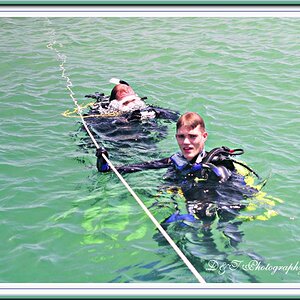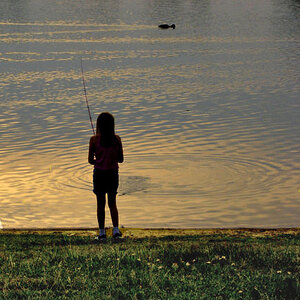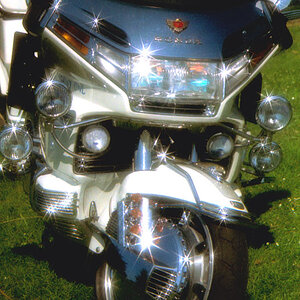sween
TPF Noob!
- Joined
- Dec 25, 2008
- Messages
- 65
- Reaction score
- 0
- Can others edit my Photos
- Photos NOT OK to edit
I should probably know this, but in trying to shoot fall foliage and moving water today, I wanted some long-exposures. What I really needed were several seconds worth of exposure but couldn't get it because the D200's lowest apparent ISO is 100. In doing a two second exposure at 100, the shot is washed out bad. Is there a way to get the ISO lower, like down to, say, 64? Sorry, I'm tired and lazy after tromping around with camera and tripod today in the woods and was looking for the easy way out by asking to see if you guys know. Thanks...



![[No title]](/data/xfmg/thumbnail/42/42275-2ca41f93a172e2e510afb46912a2bb61.jpg?1619740084)







![[No title]](/data/xfmg/thumbnail/40/40412-73276feced223de99c761fc2cc279db5.jpg?1619739461)
![[No title]](/data/xfmg/thumbnail/42/42274-5bec1b32caba5fed4a680bc5be4d0202.jpg?1619740083)
